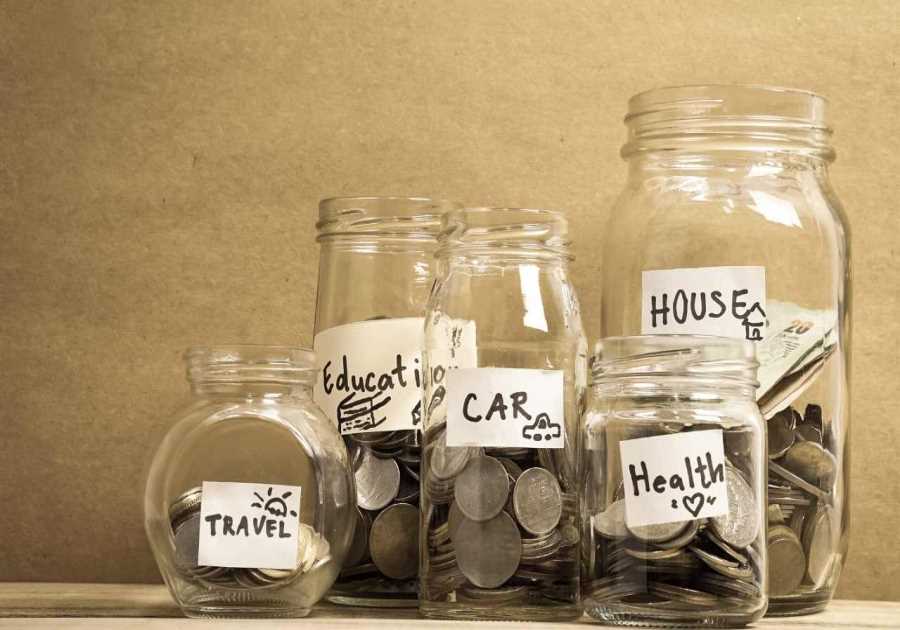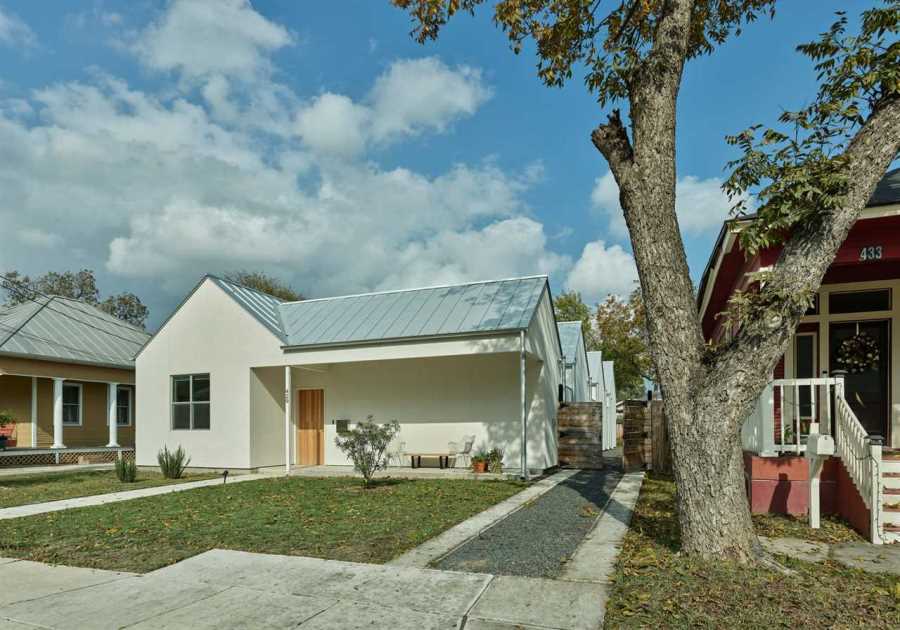I often explain the concept of structural inequality using the example of MIT’s bathrooms. Though the Institute never explicitly banned women, its buildings were designed for male students and the overwhelmingly male faculty and staff. When MIT’s Cambridge campus opened in 1916, the bathrooms along the Infinite Corridor accommodated only men. Female undergraduate enrollment hovered around 5% or less until the 1960s, when it began increasing steadily. Eventually, MIT had to address the issue of bathrooms head-on, converting some men’s rooms into women’s. But even now, gendered bathrooms along the Infinite Corridor are often a floor apart or around a corner from each other, since they were not originally designed in sets of two. As a result, those new to campus may find it difficult to find the right bathroom. The effects of past decisions remain even after corrections have been made, and they remain even as we progress to new concerns, such as the need for gender-agnostic facilities. It is an apt example of literally built-in inequality that is easy to understand.
There are other, darker stories of how physical places have been restructured in reaction to increasing diversity. The history of American urban recreation is one example. After state governments passed desegregation laws, some municipalities preferred to fill public swimming pools with concrete rather than integrate them. Other public facilities were simply defunded and left to wither, and in yet other cases, law enforcement turned a blind eye to racial hate crimes committed on their grounds. Ultimately this didn’t only harm Black families and children; it also hurt white families who couldn’t afford private facilities.
We must understand systemic inequalities so we can understand why and how to correct them. From both stories, we see how exclusion is less productive than inclusion. Leaving up barriers to women’s education means missing out on women’s potential contributions. Destroying public facilities out of hatred destroys them for everyone. If the goal is to maximize equality of opportunity for most people in a society, it would serve us to design our world inclusively. But how do we get there from where we are now? How do we design for inclusivity, especially when we have to work within what past generations left us?
Inclusivity can be thought of as recursive: the way we get to an inclusively designed world is by including more people in the design process. But it’s difficult to recruit people into environments not initially designed for them. This issue is always top of mind at MIT Admissions, which develops an annual video to announce that admission decisions will be released on 3/14, or Pi Day. In 2017, when I was a student member of the team creating the video, Marvel had just introduced a new character named Riri Williams, a Black MIT student who lived in Simmons Hall and went on to become Iron Man’s successor. We thought she would be a great theme for that year’s video, illustrating how MIT was a place for people like her. In our video Riri was played by my classmate Ayomide Fatunde ’18, while Cowboy Lynk ’20 and Loren Sherman ’17 produced the incredible special effects. I was co-director/producer alongside Chris Peterson, SM ’13, now director of special projects at MIT Admissions.
The impact of our video was even bigger than we expected: Riri made the leap from a comic book to the big screen and was featured in Black Panther 2. This marked the first time an external entity had been allowed to film on MIT’s campus, and the movie pulled in over $850 million at the box office.
Representation is one facet of inclusivity, but real inclusion requires more than that. I elaborated on this concept and the role of the Pi Day video during a 2022 TEDxMIT talk. Inclusion must go beyond merely selecting people with a particular identity. The first women who attended MIT faced structural, discriminatory barriers to their success, including but not limited to the lack of bathrooms. Real inclusivity involves rooting out these inequalities and asking challenging, uncomfortable questions about how systems are designed.
I find parallels in MIT’s engineering education. In project-based courses and research, critique is celebrated, and it’s given thoughtfully in a good-faith effort to improve results. There is general agreement that critical dialogue always results in better outcomes. The Institute took this same position in the“MIT and Slavery”project, which aims to research MIT’s historical relationship with the trans-Atlantic slave trade. Started in 2017, it was one of the first such efforts among peer institutions, and it illustrates how our culture of critique also requires setting aside shame. Shame isn’t productive or useful; it causes us to get defensive or shut down. Without it, we can shift our focus to making positive change, and efforts to right past wrongs become far easier.
Real inclusivity involves rooting out inequalities and asking challenging, uncomfortable questions about how systems are designed.
Long before the slavery project, the women of MIT CSAIL published a watershed report in 1983 titled “Barriers to Equality in Academia.” The report outlined the obstacles they faced, including sexual harassment and other forms of workplace discrimination. It also included comments from male colleagues who were willing to work to be part of a solution. These women succeeded by banding together and finding strength in their community. This is another important way that marginalized groups create change, especially when the odds are against them.
In STEM fields, we design the future, and we want that future designed by most of us, for most of us, rather than by—and historically for—only the most advantaged among us. Though modern social issues may offer ample cause for dismay, social progress is not so different from scientific progress. Just as innovation has always required a scientific community working together, so too are a wide range of people necessary for social progress. We need academics and activists to describe issues and create frameworks, journalists to report on them, artists to express these ideas, and all of us to be active participants in civic life.
If we set aside shame, celebrate critique, and band together, then collectively, we can be like the superheroes we idolize—except we are real people. We don’t need to be bitten by a radioactive spider to act. We need inclusive collaboration. In the real world, our superpower is simply waking up each day and believing that positive change is possible, that we can all make important contributions. With all the challenges we face today, that is true heroism.
Selam Gano ’18 is a robotics engineer. She will begin a graduate program at Carnegie Mellon in the fall as a GEM Fellow and a Wade Scholar.
------------Read More
By: Selam Gano ’18
Title: Becoming superheroes, together
Sourced From: www.technologyreview.com/2023/06/27/1073776/becoming-superheroes-together/
Published Date: Tue, 27 Jun 2023 22:00:00 +0000
Did you miss our previous article...
https://trendinginbusiness.business/technology/m2-ultra-mac-pro-review-shows-apples-powerhouse-hasnt-left-the-worst-of-the-intel-era
.png)





